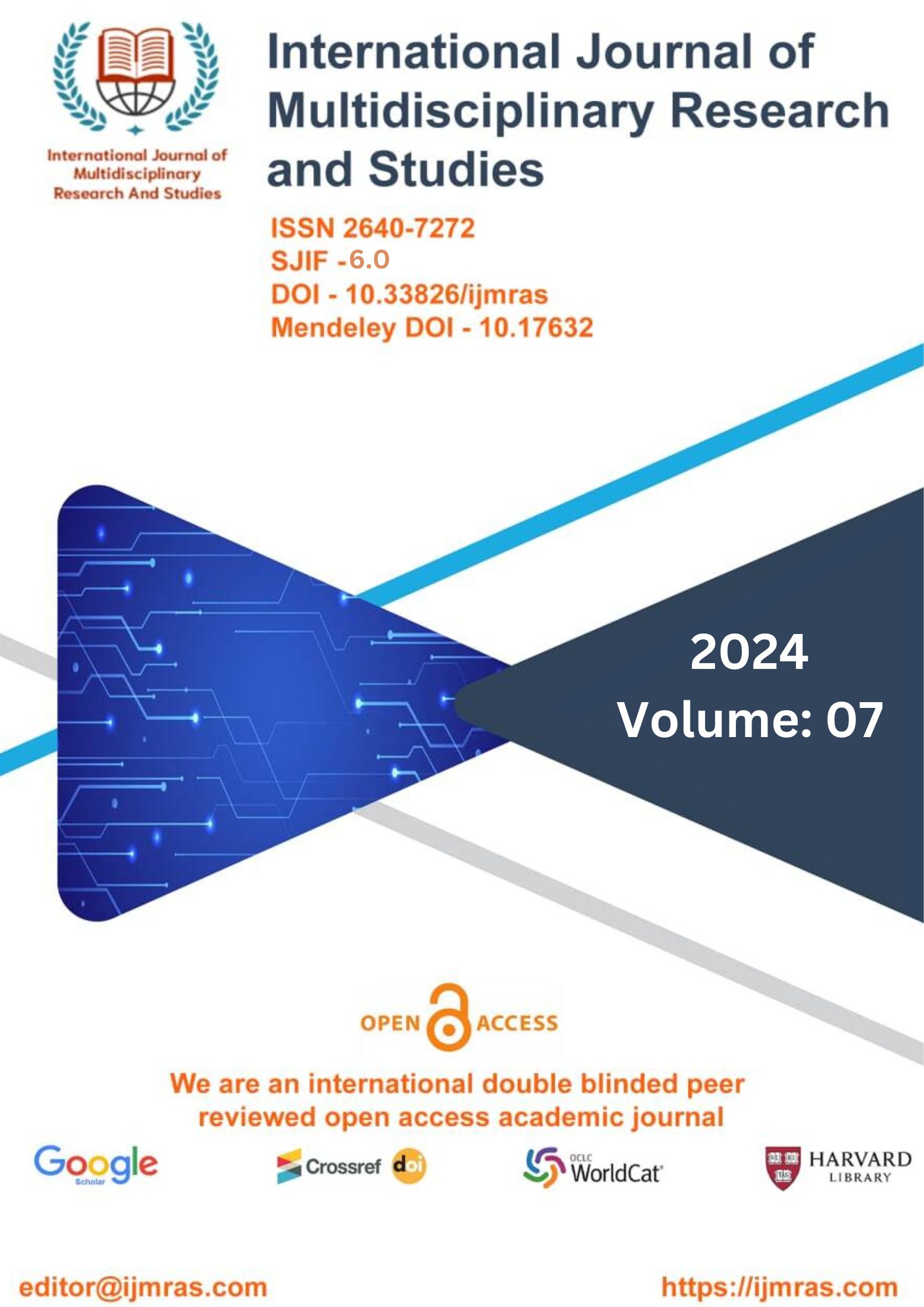The attitudes and cultural norms of Hong Kong's medical students toward online education: a comprehensive study.

Abstract
It is recommended that this study investigate how medical students in Hong Kong feel about using online courses. Several online education pilot programmes were set to begin, while others were in the planning stages. There are a number of other schools that have adopted a similar policy, so this is a good opportunity to hear students' thoughts.
To get high-validity insight into students' practices, this research presents an exploratory mixed-methods approach to examining the aforementioned challenges. The research may be seen as having two parts: the first involves qualitative ethnographic fieldwork, while the second involves a quantitative questionnaire (Greene et al., 1989). The purpose of this collaborative research was to present a detailed portrait of how medical students feel about and approach online education. The purpose of this mixed-methods approach was to take the most useful aspects of each phase and use them together to get insight into a previously unexplained phenomenon. Triangulating the findings might be useful because we have both qualitative and quantitative data to consider.
Keywords
Mixed-Method Approach, Applying Quantitative, Techniques,How to Cite
References
Aba-Alkhail, B. (2015). Near-Peer-Assisted Learning (Npal) in Undergraduate Medical Students and Their Perception of Having Medical Interns as Their near Peer Teacher. Medical Teacher, 37 Suppl 1, S33-39. doi:10.3109/0142159x.2015.1006602
Abdelsattar, J. M., Pandian, T. K., Finnesgard, E. J., El Khatib, M. M., Rowse, P. G., Buckarma, E. H., Gas, B. L., Heller, S. F., & Farley, D. R. (2015). Do You See What I See? How We Use Video as an Adjunct to General Surgery Resident Education. Journal Surgical Education, 72(6), e145-e150. doi:10.1016/j.jsurg.2015.07.012
Abdulghani, H. M., Al-Drees, A. A., Khalil, M. S., Ahmad, F., Ponnamperuma, G. G., & Amin, Z. (2014). What Factors Determine Academic Achievement in High Achieving Undergraduate Medical Students? A Qualitative Study. Medical Teacher, 36(sup1), S43-S48.
Abendroth, M., Harendza, S., & Riemer, M. (2013). Clinical Decision Making: A Pilot E-Learning Study. Clinical Teacher, 10(1), 51-55. doi:10.1111/j.1743- 498X.2012.00629.x
Adair, J. G., Sharpe, D., & Huynh, C. L. (1989). Hawthorne Control Procedures in Educational Experiments - a Reconsideration of Their Use and Effectiveness. Review of Educational Research, 59(2), 215-228.
Clark, R. C., & Mayer, R. E. (2011). E-Learning and the Science of Instruction: Proven Guidelines for Consumers and Designers of Multimedia Learning: John Wiley & Sons.
Concato, J., Shah, N., & Horwitz, R. I. (2000). Randomized, Controlled Trials, Observational Studies, and the Hierarchy of Research Designs. New England Journal of Medicine, 342(25), 1887-1892.
Harden, R. M. (2011). Looking Back to the Future: A Message for a New Generation of Medical Educators. Medical Education, 45(8), 777-784. doi:10.1111/j.1365-2923.2011.03934.x
Kleinbaum, D. G., Kupper, L. L., & Morgenstern, H. (1982). Epidemiologic Research: Principles and Quantitative Methods: John Wiley & Sons.
Krupat, E. (2010). Commentaries: A Call for More Rcts (Research That Is Conceptual and Thoughtful). Medical Education, 44(9), 852-855.
Lave, J., & Wenger, E. (1991). Situated Learning: Legitimate Peripheral Participation: Cambridge University Press.
Leung, W.-C. (2002). Why Is Evidence from Ethnographic and Discourse Research Needed in Medical Education: The Case of Problem-Based Learning.Medical Teacher, 24(2), 169-172.
Mahapatra, P., & Leong, E. (2014). Should We All Join the Youtube Generation? Journal of Surgical Education, 71(2), 162. doi:http://dx.doi.org/10.1016/j.jsurg.2013.07.004
Mckean, E. (2005). Podcast [Def 1] in the New American English Dictionary, Oxford University Press. : New York, N.Y: Oxford University Press.
Mclaughlin, J. E., Roth, M. T., Glatt, D. M., Gharkholonarehe, N., Davidson, C. A., Griffin, L. M., Esserman, D. A., & Mumper, R. J. (2013). The Flipped Classroom: A Course Redesign to Foster Learning and Engagement in a Health Professions School. Academic Medicine.
Mertens, D. M. (2014). Research and Evaluation in Education and Psychology: Integrating Diversity with Quantitative, Qualitative, and Mixed Methods: Sage publications.
Ramani, S., & Mann, K. (2015). Introducing Medical Educators to Qualitative Study Design: Twelve Tips from Inception to Completion. Medical Teacher, 1-8. doi:10.3109/0142159x.2015.1035244
Rice, S. M., Jean. (2011). Chapter 12: E-Learning, Understanding Medical Education: Evidence, Theory and Practice: John Wiley & Sons.
Schuwirth, L. W., & Van Der Vleuten, C. P. (2006). Medical Education: Challenges for Educationalists. British Journal of Medicine, 333(7567), 544.
Smith, A., Goodwin, D., Mort, M., & Pope, C. (2003). Expertise in Practice: An Ethnographic Study Exploring Acquisition and Use of Knowledge in Anaesthesia. British Journal of Anaesthesia, 91(3), 319-328.
Smith, P. J., Wigmore, S. J., Paisley, A., Lamb, P., Richards, J. M., Robson, A. J., Revie, E., Mckeown, D., Dewhurst, D., & Garden, O. J. (2013). Distance Learning Improves Attainment of Professional Milestones in the Early Years of Surgical Training. Annals of Surgery, 258(5), 838-842; discussion 842-833. doi:10.1097/sla.0000000000000211
Smith, S. D., Salaway, G., & Caruso, J. B. (2009). The Ecar Study of Undergraduate Students and Information Technology, 2009. ECAR, Educause Center for Applied Research
Strauss, A., & Corbin, J. M. (1990). Basics of Qualitative Research: Grounded Theory Procedures and Techniques: Sage Publications, Inc.
Tavakol, M., & Sandars, J. (2014). Quantitative and Qualitative Methods in Medical Education Research: Amee Guide No 90: Part Ii. Medical Teacher, 36(10), 838-848. doi:10.3109/0142159x.2014.915297
Vygotsky, L. (1978). Interaction between Learning and Development. Readings on the Development of Children, 23(3), 34-41.
Webb, A. L., & Choi, S. (2013). Interactive Radiological Anatomy Elearning Solution for First Year Medical Students: Development, Integration, and Impact on Learning. Anatomical Sciences Education. doi:10.1002/ase.1428
License
Copyright (c) 2024 SAI HENG , DR SURIYAKALA , DR FARRA AIDAH BINTI JUMUDDIN

This work is licensed under a Creative Commons Attribution 4.0 International License.
Individual articles are published Open Access under the Creative Commons Licence: CC-BY 4.0.




